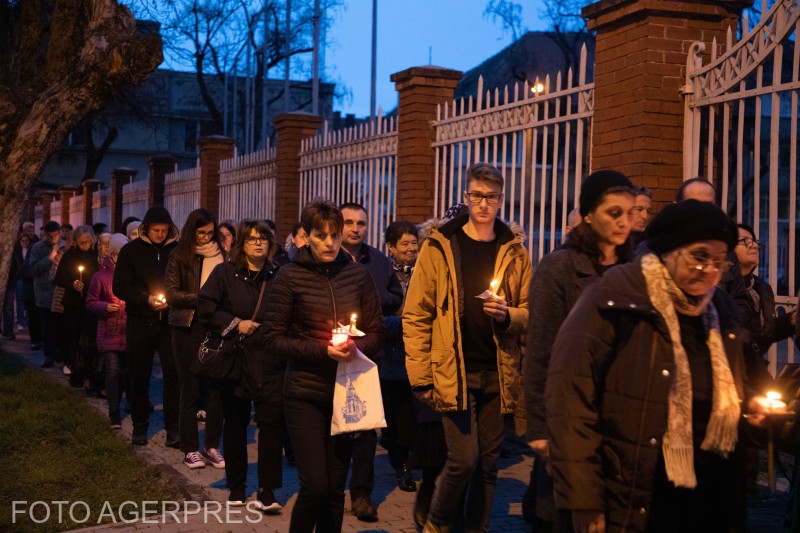The latest on vaccination and lockdown
In a few days, people without an appointment on the online platform will also be able to get the Covid-19 jab

Daniela Budu, 14.04.2021, 13:50
Citizens willingness to get vaccinated remains at a steady 50% in Romania, according to sociological surveys, the head of the national SARS-CoV-2 Vaccination Coordination Committee Valeriu Gheorghiţă announced on Tueday. According to him, at present over 1.2 million people have appointments both for the first dose and for the booster, most of them for the Pfizer vaccine. So far in Romania nearly 2.4 million people have received the vaccine, and over half of them have got both doses.
Valeriu Gheorghiţă also mentioned that at present over 1,000 vaccination centres are operational, with a total maximum capacity of 115,000 doses per day. Most of them, i.e. over two-thirds, are Pfizer centres, and the remaining give AstraZeneca and Moderna shots.
The Romanian official also announced that as of the next few days people who wish to get the vaccine without a previous appointment will be able to come directly to the AstraZeneca centres with available spots.
With the number of patients in intensive care and the number of COVID-19-related deaths on the rise across the country, authorities once again call on people to get the vaccine and to observe protection measures.
Meanwhile, an order issued by the health ministry introduces new criteria for local lockdowns. Apart from the COVID infection rate, other aspects will also be taken into account, such as the testing level and the ICU and hospital vacancies.
According to the state secretary with the health ministry Andreea Moldovan, the new criteria are more objective, but the decision to introduce a lockdown “depends on more factors. The new order introduces a system that assigns towns and villages a specific score, based on these factors, with higher scores indicating a more severe situation in terms of the disease.
The system separates between cities of over 100,000 inhabitants and smaller localities. For the former, the criteria include the combined 14-day infection rate and its trend, the number of tests run over the past 7 days and the proportion of positive tests in the total, the number of cases in outbreaks and the number of hospital beds still available. In smaller localities, the number of tests and the test positivity rate will not be taken into account, but the other criteria stand.
As a general rule, local lockdown will be lifted when the infection rate drops below 3 per thousand, the document also reads. (tr. A.M. Popescu)






























